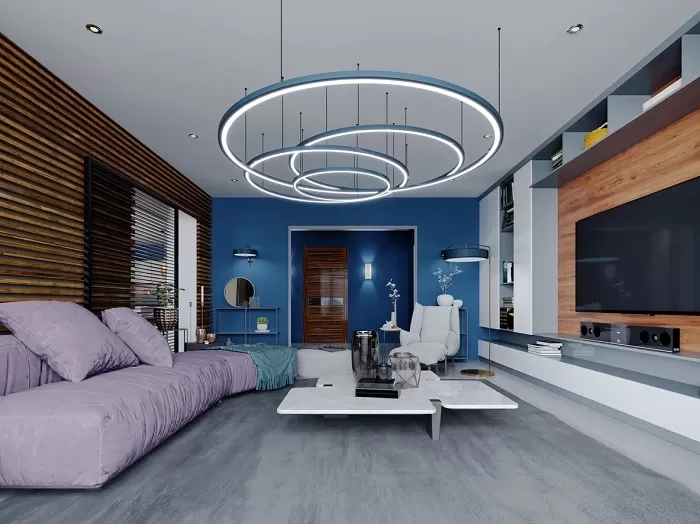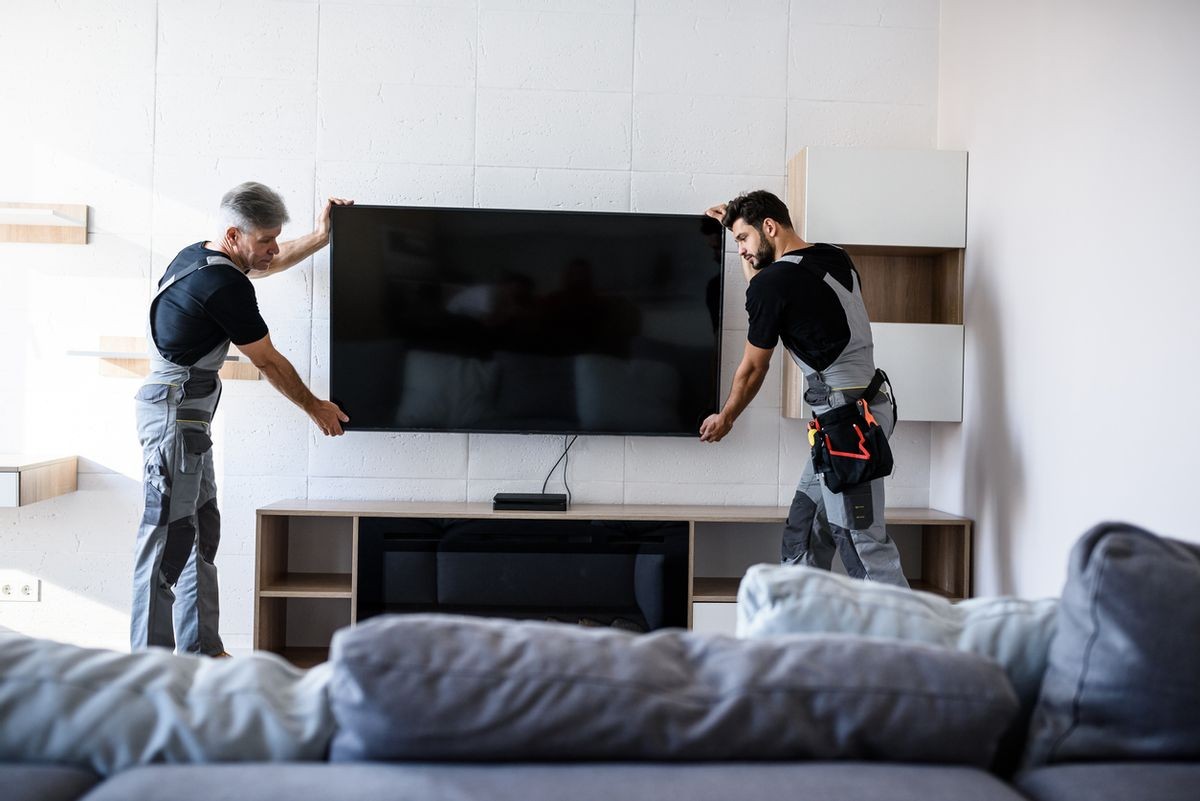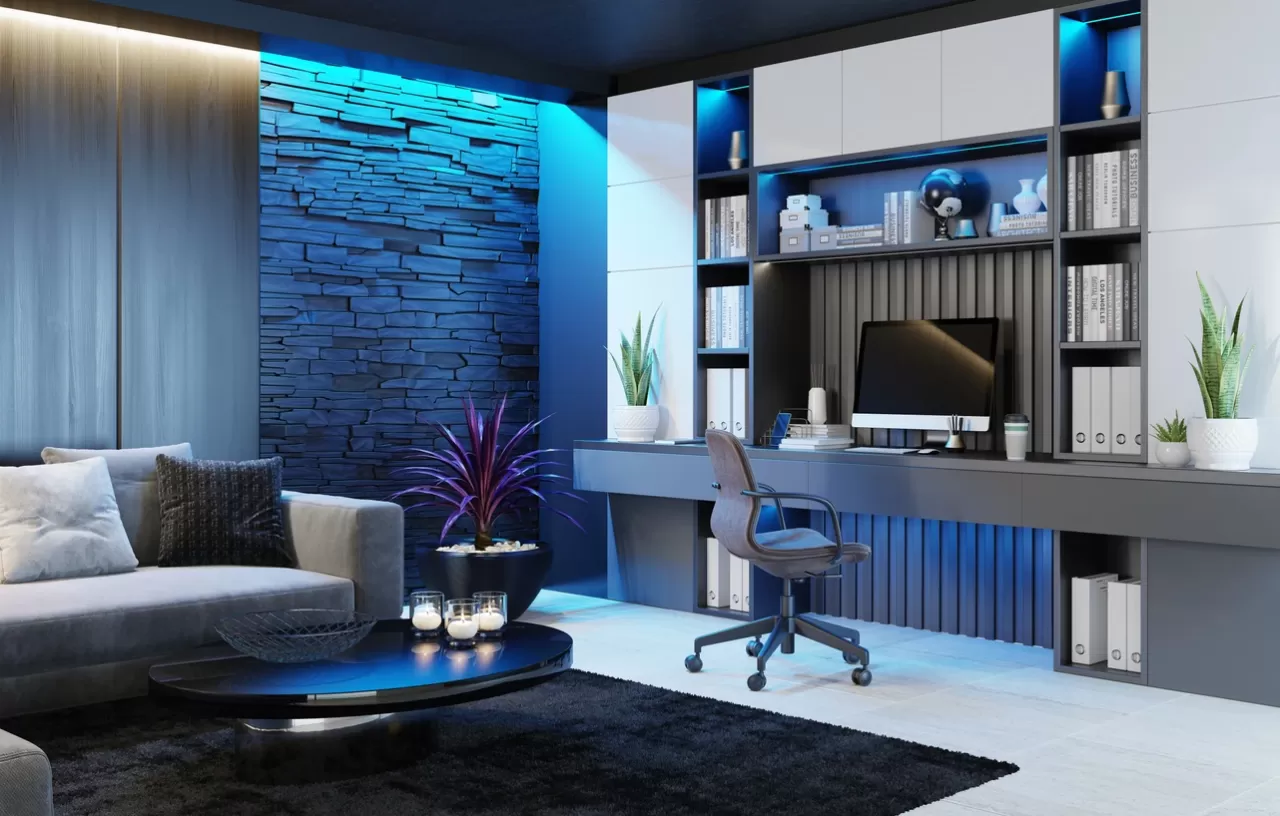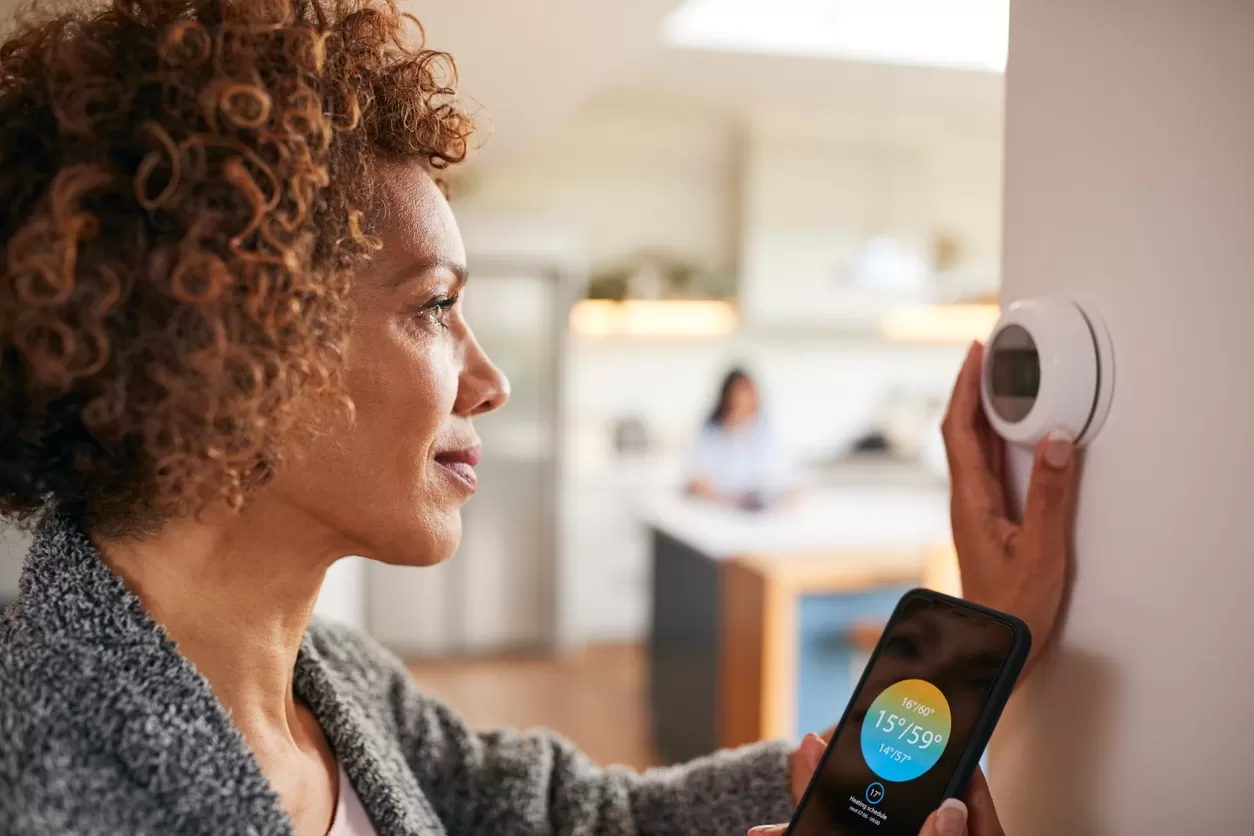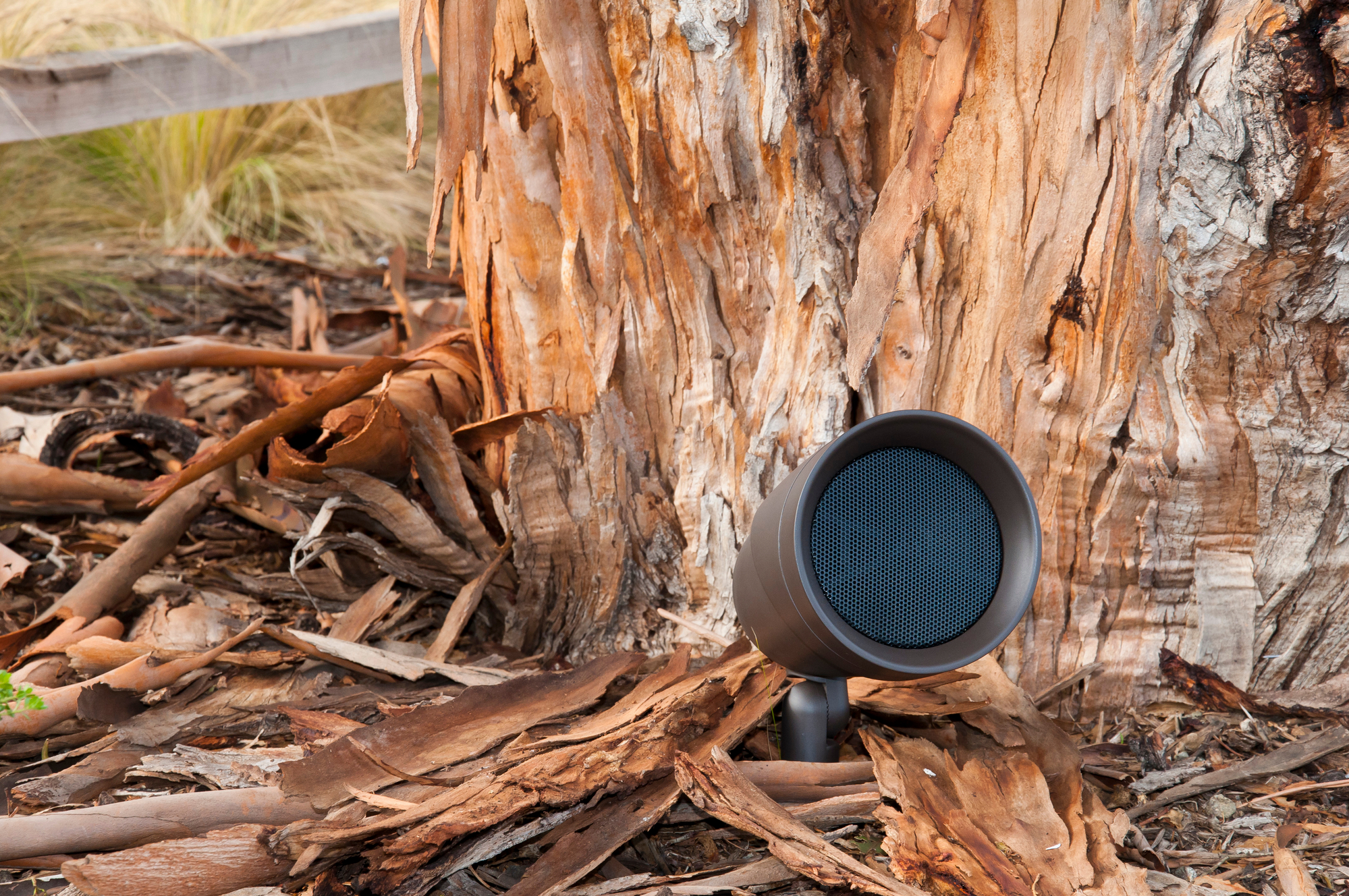When to DIY
Undertaking your own AV projects in your home may be a necessity if you’re on a time crunch or a tight budget, so long as you’re sure you know what you’re doing. There’s a multitude of online resources — videos and how-to guides — that can help you in this process. Be sure to invest the time to watch and educate yourself, follow directions carefully and choose quality components for your project. Obviously, what you’re capable of will depend on your confidence and experience; but generally, things like wiring outside of the walls or TV/Component installations can be undertaken relatively simply and usually without needing to hire outside help.
When to Hire an Expert
It’s always better to be safe than sorry! If you feel like you’re venturing into territory beyond your experience or comfort level, an AV professional will save you time and money and almost certainly reduce your anxiety level. Naturally, expert installers know the best equipment to use — and can gauge that effortlessly for your needs — as well as the most efficient ways to install these solutions, especially if you’re wanting to avoid unsightly wires everywhere. They can teach you how to use and get the most from the equipment, and how to integrate the solution with other smart home or AV devices so everything works together seamlessly.
When you hire a qualified AV specialist, you can expect ongoing support, maintenance, and upgrades — an investment that will hopefully last the lifetime of the product or installation. It’s useful to know that if something were to go wrong, you can call on someone knowledgeable to help troubleshoot or pinpoint further issues before they become a major problem.
TV
Have you ever noticed how many TVs get installed over fireplaces? It’s not because people necessarily wanted to put the TV there. It’s because the fireplace is typically designed as the focal point of the room and it just ends up making sense to put the TV right above it. Many are fine with that, but some others think that having a big black rectangle at the room’s primary focal point is not the most desirable aesthetic choice!
Fortunately, the industry has come up with several ways to dress up or hide the TV completely:
- Digital Art ‒ Some TVs have a “digital art” mode that can make your TV look like a painting, family portrait or whatever image you want to show off. Some even come with a light sensor to make the art respond to your room’s lighting in a way that makes the art look more natural.
- Mechanized Lifts ‒ There are dozens of options that make clever use of automated lift mechanisms that can hide your TV in a myriad of ways. An Art Lift allows you to hide the TV behind a real piece of art that can slide up or sideways to reveal the TV when you turn it on. Other motorized lift mechanisms can raise your TV up out of a cabinet or have it descended from a hiding place in the ceiling. You can even have the TV pivot left or right towards the viewer.
- Recessed TV ‒ You may not really care about completely hiding the TV, but you would like the installation to be a little sleeker. In that case, you can have your builder frame out the wall so that there is a pocket for the TV to be installed into. This creates a clean and flush appearance from the front and side.
Speakers
Having the ability to play music anywhere in the house or yard is one of the most requested features we get. While a set of floor standing speakers might make sense in a home theater or media room, other rooms can have great sound too without the speakers being a prominent visual feature.
- Architectural Speakers ‒ Most people are familiar with in-wall and in-ceiling speakers. What you may not know is that you can get them in a smaller form factor that closely matches the size and shape of your recessed lighting. This makes the speakers really blend in. There are even in-wall and in-ceiling subwoofers that can provide some added bass without the big black box on the floor.
- Invisible Speakers ‒ If you really don’t want to see the speakers at all, invisible speakers can be installed during the construction phase that perfectly blend into the wall. They are mudded and painted over, just like the drywall, so even the sharpest eye can’t see them.
- Custom Soundbars ‒ Adding a soundbar to enhance TV audio is extremely popular these days. But a lot of soundbars look like an afterthought rather than part of an integrated system. But they don’t have to. Many manufacturers provide soundbars in custom lengths that perfectly match the width of your TV for a clean, purposeful look.
Lighting Control
A smart lighting system isn’t just for convenience. It can enhance the look of your home as well. Lighting control systems can be programmed to remember lighting “scenes” that recall specific lighting levels for a room or the whole house. You can have all your lights set to just the perfect level for whatever mood or activity you want and recall it with a simple button press.
“Centralized” lighting control systems take things even farther by reducing your banks of light switches (sometimes four, five or more in a row) and consolidating them into a single, elegant keypad. Often these lighting keypads are available in a variety of designer colors and textures to perfectly complement your décor.
1. Lower Energy Usage and Costs
With smart thermostats, when you’re out of the house or on vacation, you can set your air conditioning and heater to your desired temperatures. Manufacturers of smart thermostats make claims of 10% to 20% savings on energy bills, and that can really add up in the long run. When you track your energy usage you can easily see where money can be saved. Smart thermostats are inherently environmentally friendly and some even give you “badges” to reach new levels of energy efficiency. Several smart thermostats also have the ability to add remote temperature sensors, allowing you to heat/cool specific areas of the home.
2. Control Your Thermostat Remotely
Smart thermostats allow you to use an app on your smartphone, tablet, or computer to set the temperature for your home remotely, all through an easy-to-use interface. This means, when you’re out of the house or on vacation, you can set your air conditioning and heater to your desired temperatures. In the app, you can also create schedules so that at certain times throughout the day, the temperature will change according to your wishes. You can even set vacation modes for longer trips. Another feature of smart thermostats is the ability to receive alerts for when your temperature goes above or below a certain point.
3. Smart Thermostats Learn Your Home and Your Routines
Using movement sensors, smart thermostats can detect when you are in and out of the home and create a general schedule based on your lifestyle. When you’re gone from the home, energy usage will slow, and then pick up again when you return. Some smart thermostats can also measure the outdoor weather and adjust the indoor environment accordingly. They can also work with other smart home devices, such as smart humidifiers or air purifiers, exchanging information for a stronger integrated system. Voice-controlled systems such as Amazon Alexa and Google Home can connect to your smart thermostat, allowing you to adjust the temperature with the sound of your voice.
Smart thermostats are easy to install, using the wiring already there for the home’s heating and cooling system. Similar to other smart home devices, smart thermostats give you insights into your home in comprehensible ways and are designed to be easy to use.
Call or Visit Us
Your heating and cooling system should not be overlooked when growing your smart home. If you’re ready to enable the extra layer of convenience, comfort, and cost savings into your home, AV Design Consultants provides many options to cater to your lifestyle. Contact our experts at AV Design Consultants to learn more about our products and services.
